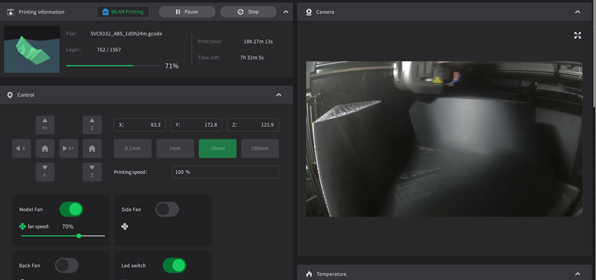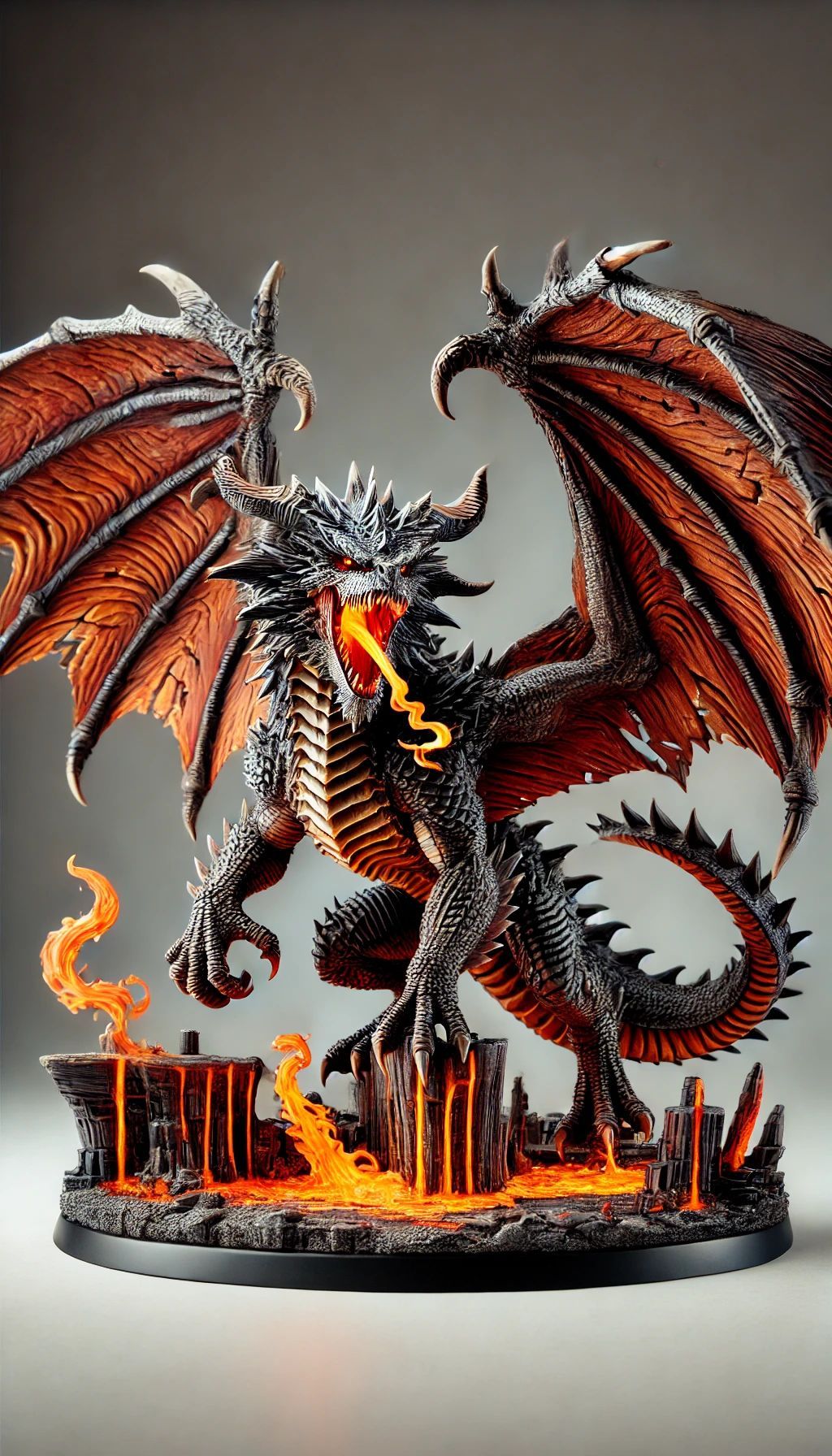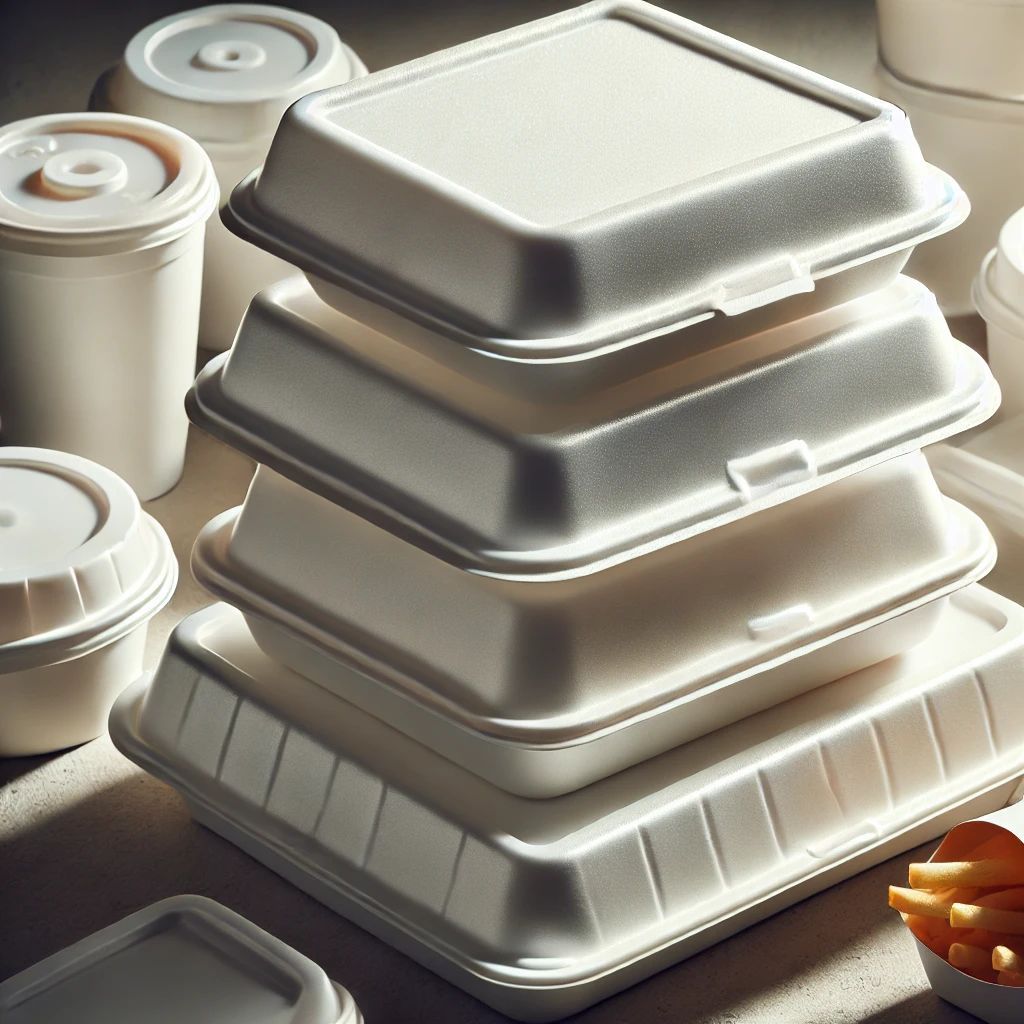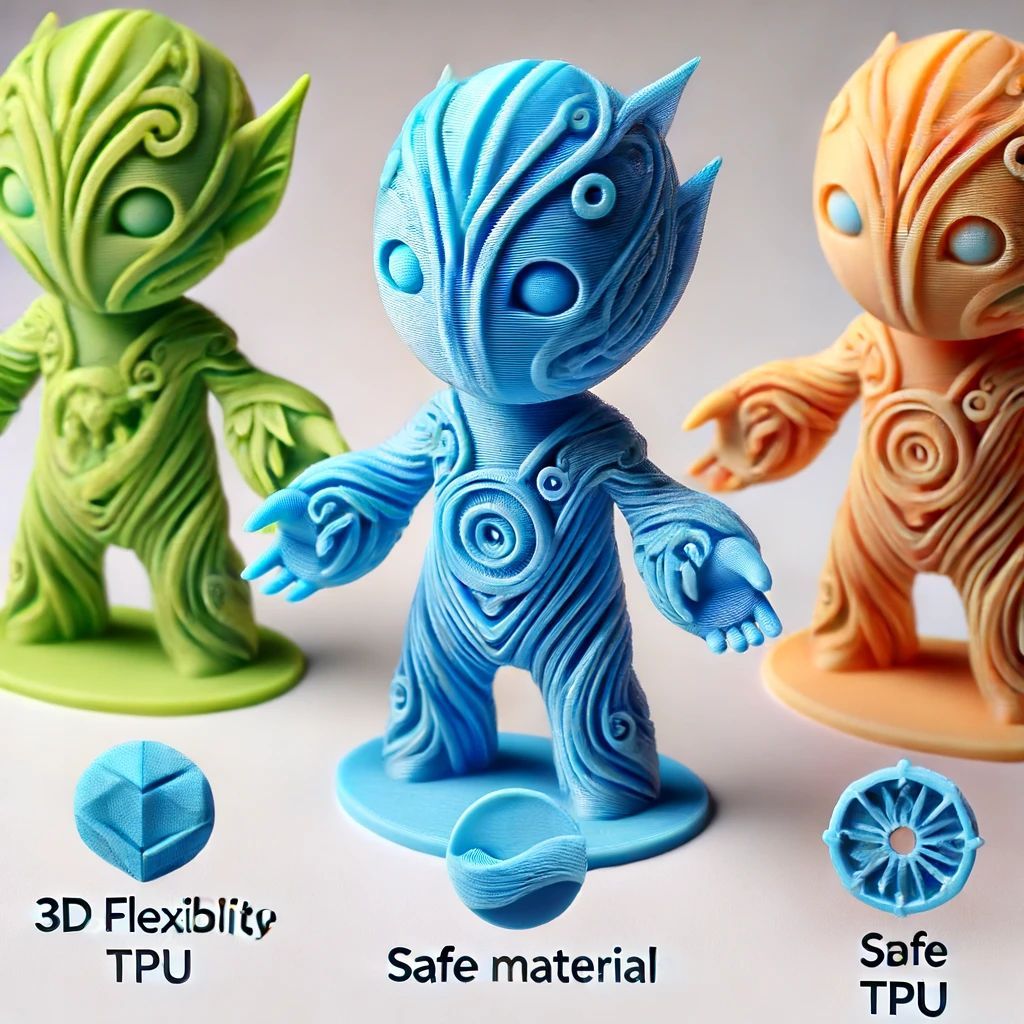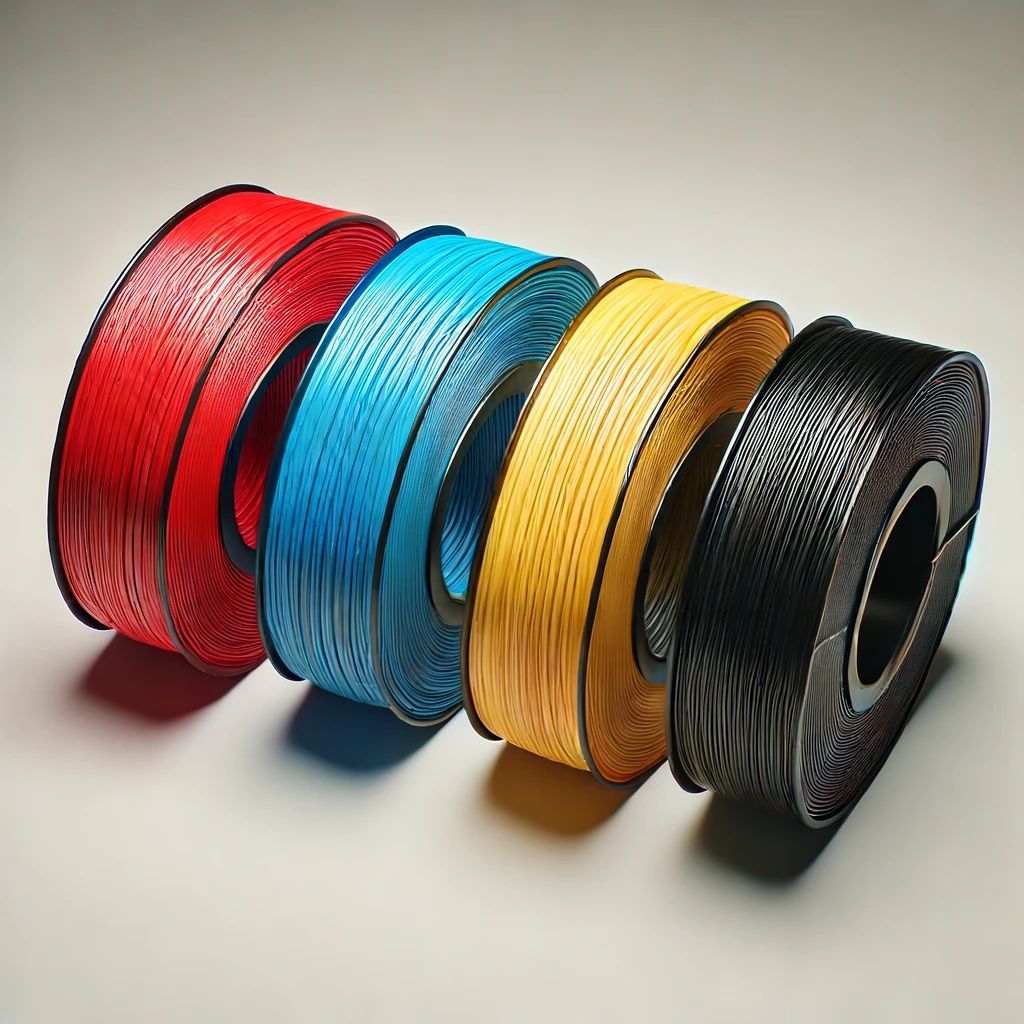3D Print with Metal: Is it Cost Effective?
3D Print with Metal:
Is it Cost Effective?

3D printing is becoming a standard in manufacturing, so much so that the global 3D printer market size will reach £25.2 billion by 2025. The 3D printer is an innovative technology that opens up new possibilities for designing and prototyping products. It can also make product development faster and more affordable.
Some people are interested in using this technology to create prototypes and models of metal objects. But is it worth the cost? And how does this affect the design process? Read on to find out more about 3D printing with metal!
What is 3D Printing?
3D printing is the process of creating a three-dimensional solid object based on a digital file.
The process of 3D printing involves taking a digital file and converting it into an object using additive manufacturing. The most common way to create 3D printed objects is by using a filament-based printer that extrudes heated plastic, metal, or other materials to form layers one after the other.
Pros and Cons of 3D Printing
with Metal
If you’re considering using 3D printing with metal to prototype your designs, there are some pros and cons of the process that you should be aware of.
The biggest pro is cost-effectiveness. Prototyping products with metal 3D printers can be a lot cheaper than other methods like CNC machining, for example. And the time it takes to print prototypes is much faster than the time it takes to machine them from scratch. This means that you save on labour costs and have a better turnaround time for your prototypes.
There are some cons, however, one of which is design constraints. When you use metal 3D printers for prototyping, you’re limited by the size of your printer bed as well as the type of metal filament available. This means that if you need a bigger or smaller prototype, you may have to turn to another prototyping method, like CNC machining or injection molding. You also need to consider how difficult it will be to assemble objects with threaded joints when they come out of the printer because screw threads may not show up properly or at all on certain types of materials.
Metal Material in 3D Printing
3D printing offers a valuable tool for prototyping and manufacturing metal objects. It can be used to create prototypes that are closer to the desired product in appearance, functionality, and weight.
The process of 3D printing with metal requires more time than 3D printing with plastics; it’s not as quick as with other materials like ABS or PLA. This is because metal has higher melting points than other materials. So, 3D printed metal objects take longer to cool down before they can be removed from the printer and handled.
However, 3D printable metals are an attractive option for those who want to create prototypes for metal products in a short period of time. They allow designers to iterate on a design more quickly than traditional machining methods do.
The Benefits of Metal Material
Metal material is an excellent choice for 3D printing. It provides the 3D printer with a stable base to work from and ensures that the design process is more cost-effective. A metal material is also perfect for those who are looking to make prototypes because it requires significantly less post-processing than other materials.
It's important to note, however, that metal materials can be expensive because of the high amounts of post-processing needed for this type of material. If you're looking for a product that's more affordable and doesn't require as much post-processing, then you might want to consider using plastic or rubber instead.
The Drawbacks of Metal Material
The biggest drawback is the price. Printing with metal material costs a lot more than printing with plastic, which is usually only a few dollars per kilogram. The cost of printing with metals can range from £1 to £25 per square inch, so it would take about £4-6 million to print a 3D object that’s 100 square inches in size.
Another significant drawback of printing with metal is the time it takes to print. It will take an average of 5 days or longer for a printer to produce an object with metal, while it might only take 2 days for plastics.
How Does This Affect the Design Process?
If you are a designer and want to start using 3D printing for metal, then this article is for you! The design process can be quite complicated. This is because when designing a prototype or model of a metal object, designers need to take into consideration the material's durability, complexity, and size.
The most challenging part of the design process is calculating how much material to use. For example, if you were designing a miniature replica of a bike frame made entirely out of metal, you would have to calculate how much material would be needed to create the entire product.
This can be difficult since it requires knowledge about weight and volume as well as expertise in CAD design software programs like Solidworks or Inventor. Thankfully, there’s an easier way!
3D printers allow designers to simplify the design process by creating prototypes that are temporary and don't require expensive materials. If a designer wants to make a new 3D printer cartridge that has never been created before, they can easily do so by using 3D printing technology to work out any kinks before manufacturing begins.
Conclusion
When it comes to 3D printing, there are two main ways to do it: using metal or using plastic. Which one is right for you?
3D printing with metal can be a great option for those who want a design that is durable and will last a long time. However, this type of printing is more expensive than 3D printing with plastic.
If your goal is to design an inexpensive 3D printing option, then plastic might be the better choice. But if you want something that is long-lasting and durable, then metal might be the best option for you.






